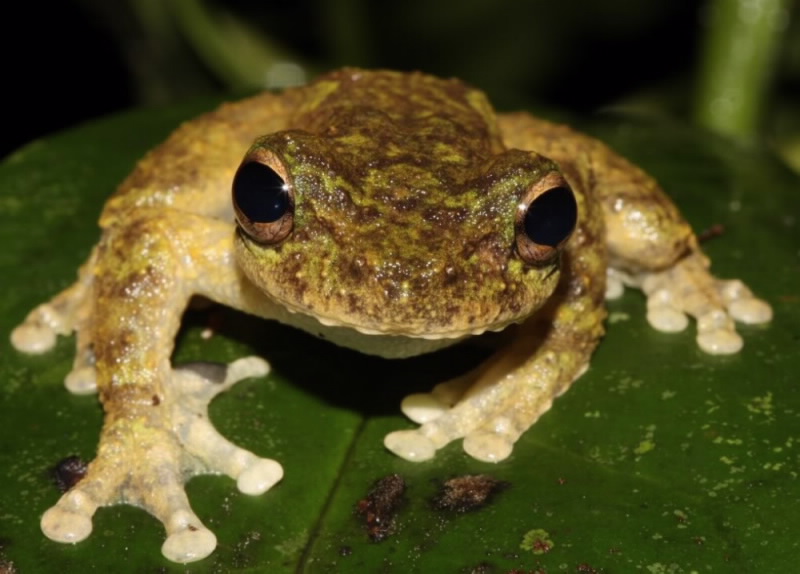 |
| Green- Eyed Tree Frog |
Skin secretions found in Australian frogs may hold the key to designing powerful new antibiotics that are not prone to bacterial resistance in humans, say researchers.
Antimicrobial peptides (small proteins) found in skin secretions are used by frogs to help fight bacterial infections.
Scientists working at the University of Melbourne and at the Australian Nuclear Science and Technology Organisation (ANSTO) are studying this naturally occurring process at the atomic level and hope it could lead to an alternative to commonly used antibiotics for fighting hospital-acquired infections like Methicillin-Resistant Staphylococcus Aureus (MRSA).
Using a time-of-flight neutron reflectometer housed at ANSTO’s OPAL reactor named Platypus, Post Doctoral Research Fellow Dr Anton Le Brun and a research team from Melbourne University led by Professor Frances Separovic are observing the action of antimicrobial peptides from Australian tree frogs in model bacterial membranes.
Most antimicrobial peptides attack the semi-permeable barrier (the membrane) of cells making it difficult for bacteria to develop resistance.
Using Platypus offers the team a chance to see exactly how the peptides bind to the membrane and once they are bound, where they are located in the membrane.
The method is a powerful reminder of the benefits of nuclear science, as unlike most other techniques that only look at the surface of the membrane, neutron reflectometry allows scientists to look inside the membrane.
“We look at these membranes under different types of liquids that mimic the normal physiological conditions of the membrane,” Dr Le Brun said.
“When we look at the membrane in heavy water (D2O) the membrane becomes invisible and we can see the peptide. In turn, when we look at the membrane in normal water (H2O) the peptide becomes invisible and we can see the membrane.
“This is what makes neutron reflectivity really powerful as you can see each individual component to get a picture of the whole system,” Dr Le Brun said.
The first stage of the research studied the peptide maculatin from the Green-Eyed Tree Frog. This research is currently under review for publication.
Published: 08/11/2011


